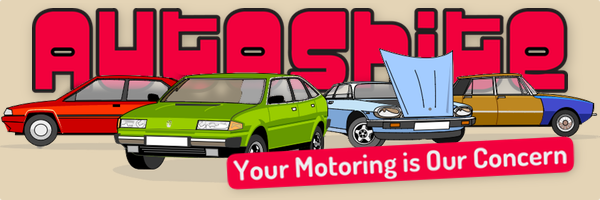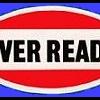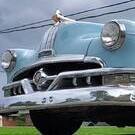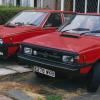Panther cars!
-
Similar Content
-
- 918 replies
- 86,317 views
-
Cars at Sunset 1 2 3
By inconsistant,
- 89 replies
- 5,125 views
-
- 61 replies
- 4,251 views
-
Car in the Woods
By LimitedSlippedDisc,
- 6 replies
- 909 views
-
- 127 replies
- 6,757 views
-






Recommended Posts
Create an account or sign in to comment
You need to be a member in order to leave a comment
Create an account
Sign up for a new account in our community. It's easy!
Register a new accountSign in
Already have an account? Sign in here.
Sign In Now